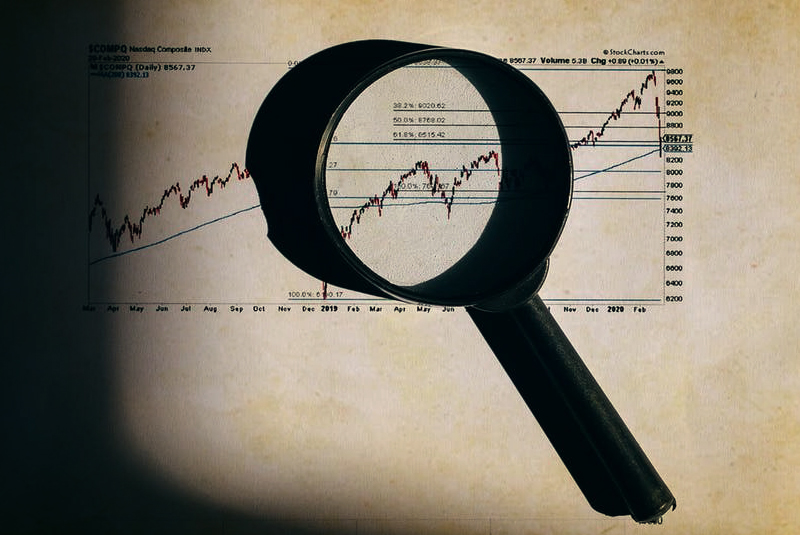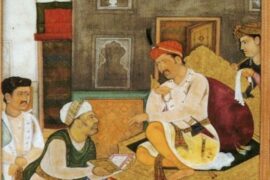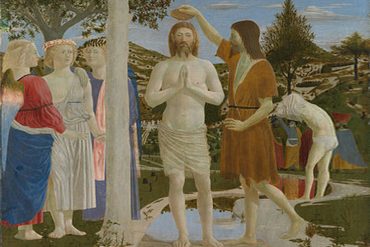You need not go too far to pool in understanding from perplexing scientific studies. To highlight a few examples—the famed oat bran story, a ‘miracle’ called wheat grass, the garlic revolution, the caffeine complexity, or the great coconut and ginseng saga. Yes, the list is in no way complete, yet it proves a point—that the promise of science, or medicine, as an arbiter of truth may not be all-encompassing.
First things first—let us delve into the oat bran saga. The whole drama began in the 1980s, when a handful of researchers, taking a ‘cue’ from past research and expanding on them, suggested that the water-soluble fibre in oat bran could lower cholesterol levels. Things reached the crescendo when 8-Week Cholesterol Cure, a revolutionary book by best-selling author, Robert E Kowalski (1942-2007), proclaimed the wonderful ‘medicinal’ qualities of oat bran.
This bid fair to yet another scientific review of high-fibre diet studies, with oat bran and beans. Oat bran was bestowed with a ‘good certificate’ from The Journal of the American Medical Association (JAMA)—this was a major scientific avowal, emerging as it did from a well-respected, peer-reviewed publication. It underlined why oat bran was special—because it was extremely ‘cost-effective’ than any other ‘treatment’ form available for high cholesterol levels. The spin-off was imminent. Sales of oat bran reached astounding levels, so much so there was trouble keeping in step with its ever-increasing demand.
-30-
Copyright©Madras Courier, All Rights Reserved. You may share using our article tools. Please don't cut articles from madrascourier.com and redistribute by email, post to the web, mobile phone or social media.Please send in your feed back and comments to [email protected]











